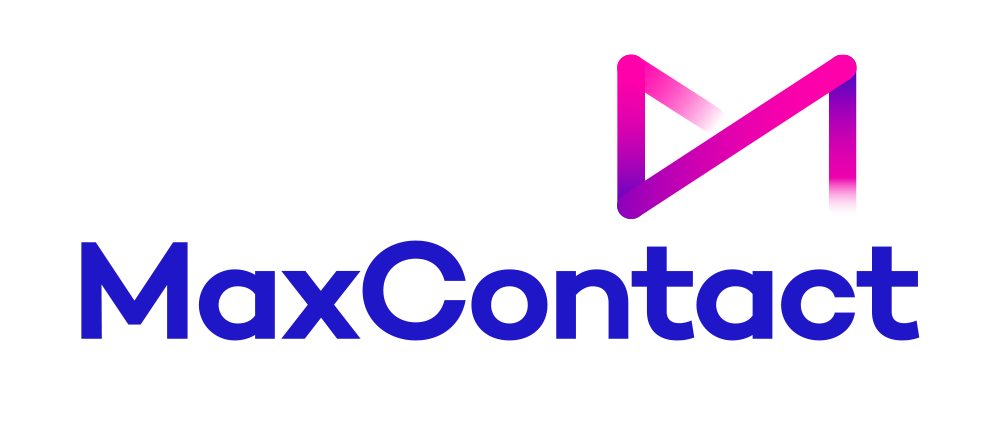What is Call Centre Shrinkage and How to Calculate It?
Call centre shrinkage refers to the time when agents are unavailable to handle customer calls, whether due to planned activities like breaks and training or unplanned events such as illness.
This downtime can happen for a variety of reasons and must be factored into workforce planning. For example, if 10% of staff are expected to be off sick, schedules should be adjusted accordingly to maintain service levels.
However, even with the right number of agents on paper, not all may be available at all times.
That’s why understanding and managing shrinkage is important. In this article, we break down what call centre shrinkage is, how to calculate it, and how to use this data to improve performance.
Understanding Call Centre Shrinkage
In any call centre, agents are expected to be available to take calls or engage with customers.
However, not every minute of an agent’s scheduled shift is spent directly assisting customers. Shrinkage includes all the time that agents are not available for customer interactions, even though they are still on the clock.
Shrinkage can be classified into two categories:
Planned Shrinkage: This is the time that is expected and scheduled for activities like:
- Breaks (lunch, coffee breaks)
- Meetings
- Training sessions
- Holidays
Unplanned Shrinkage: This is unexpected unavailability, such as:
- Sickness
- Late arrivals or early departures
- No-shows
- Extended calls
High shrinkage rates, particularly in unplanned shrinkage, can have an impact on a call centre’s performance, leading to longer wait times, reduced service levels, and frustrated customers.
As such, call centres aim to minimise shrinkage while maintaining a healthy work environment for agents.
How to Calculate Call Centre Shrinkage
Calculating helps determine the ideal staffing levels to meet service goals. The formula for calculating shrinkage is straightforward:
Shrinkage Formula:
Where:
- Total Shrinkage Time is the total amount of time agents are unavailable (including both planned and unplanned shrinkage).
- Total Agent Time Available is the total amount of time agents are scheduled to be working, or the total time agents are on the clock, including both productive and unproductive time.
Example:
Let’s say a call centre has 20 agents scheduled for 8-hour shifts (480 minutes each). For the week, the following shrinkage occurred:
- 2 hours (120 minutes) of scheduled breaks
- 1 hour (60 minutes) for training sessions
- 2 hours (120 minutes) of sick leave
- 30 minutes (30 minutes) of absenteeism
Now, let’s calculate the shrinkage for the entire week.
Total Agent Time Available: 20 agents × 480 minutes = 9,600 minutes
Total Shrinkage Time: 120 (breaks) + 60 (training) + 120 (sick leave) + 30 (absenteeism) = 330 minutes of shrinkage per agent
Total Shrinkage Time for All Agents: 330 minutes × 20 agents = 6,600 minutes of shrinkage time
The shrinkage percentage in this example would be 6.875%.
Managing and Reducing Call Centre Shrinkage
High shrinkage can lead to under-staffing, increased wait times for customers, and burnout for agents. Here are some effective strategies to reduce and manage shrinkage:
Accurate Forecasting:
Use historical data and analytics to predict call volumes accurately. By forecasting demand, managers can make sure the correct number of agents are scheduled to handle expected traffic, reducing the impact of shrinkage.
Flexible Scheduling:
Implement flexible work schedules to accommodate planned shrinkage (like breaks and training).
This can help avoid scheduling too many agents at the same time, which can lead to excessive unproductive time.
Employee Engagement:
A well-engaged workforce is less likely to take unnecessary leave or arrive late. Encourage a positive work culture, offer incentives, and recognise high performers to improve attendance.
Training and Onboarding:
Strong training programmes can help agents reduce call handling times and resolve issues faster. P
roper onboarding means that agents are prepared to take calls, which can lead to fewer performance-related gaps during working hours.
Utilise Technology:
Call centre software can help track and manage shrinkage. By using real-time monitoring and predictive analytics, managers can adjust staffing levels dynamically, ensuring agents are only scheduled when they’re needed.
Lower Your Inbound Call Volume With Self-Service Options
Consider lowering the number of calls that need to be handled by human agents by offering self-service support options.
According to the Harvard Business Review, 81% of all customers attempt to take care of issues themselves before reaching out to a live representative, across industries.
It could be an IVR (Interactive Voice Response) self-service menu that allows callers to access information or perform actions without needing to interact with a live agent.
You can also implement AI software or create a knowledge base. It will help callers resolve issues independently, reducing the burden on your agents.
Use Workforce Management (WFM) Tools
Most call centre software comes with built-in Workforce Management (WFM) solutions.
These tools allow managers to automate shrinkage tracking, removing the need for manual calculations in spreadsheets.
Managers can streamline scheduling, monitor performance metrics, and make more accurate staffing forecasts based on real-time data.
Why Shrinkage Matters
Shrinkage can be a drain on call centre performance. If not properly managed, it can lead to:
Increased Wait Times: Fewer available agents can cause delays in responding to customer inquiries. As a result, call centres may experience longer Average Handle Times, increased Call Abandonment Rates, and lower Customer Satisfaction Scores (CSAT).
Decreased Service Levels: When agents are unavailable, it can impact the ability to meet KPIs and SLAs, which may result in losing customers.
Higher Costs: When shrinkage is not accounted for, businesses may overstaff or understaff, both of which can lead to increased operational costs.
External and Internal Shrinkage
Shrinkage typically falls into two main categories: external shrinkage and internal shrinkage.
Understanding the difference between these types can help call centre managers identify risks and implement loss prevention strategies. The table below outlines the key differences between external and internal shrinkage:
|
Aspect |
External Shrinkage |
Internal Shrinkage |
|
Definition |
Loss of inventory due to factors outside the company |
Loss of inventory caused by internal personnel |
|
Common Causes |
Shoplifting Vendor fraud Delivery theft |
Employee theft Miscounts Internal fraud |
|
Responsible Parties |
Customers Third-party suppliers |
Employees Internal staff |
|
Detection Methods |
CCTV Security tags Entrance/exit monitoring |
Internal audits Inventory tracking systems |
|
Prevention Strategies |
Improve store security Customer service presence |
Staff training Access control Regular audits |
|
Financial Impact |
Harder to predict; may vary with store traffic |
Can accumulate over time; often underestimated |
Master Shrinkage, Maximise Performance
Managing call centre shrinkage helps maintain high service levels, optimises staffing, and delivers a better customer experience.
If you can calculate your shrinkage percentage accurately and start implementing strategies to manage it, you can reduce its impact on your call centre. Ready to take control of your call centre performance?
Request a demo with MaxContact Australia to see how our software can help you monitor, manage, and reduce shrinkage with ease.
.png)
From the blog







